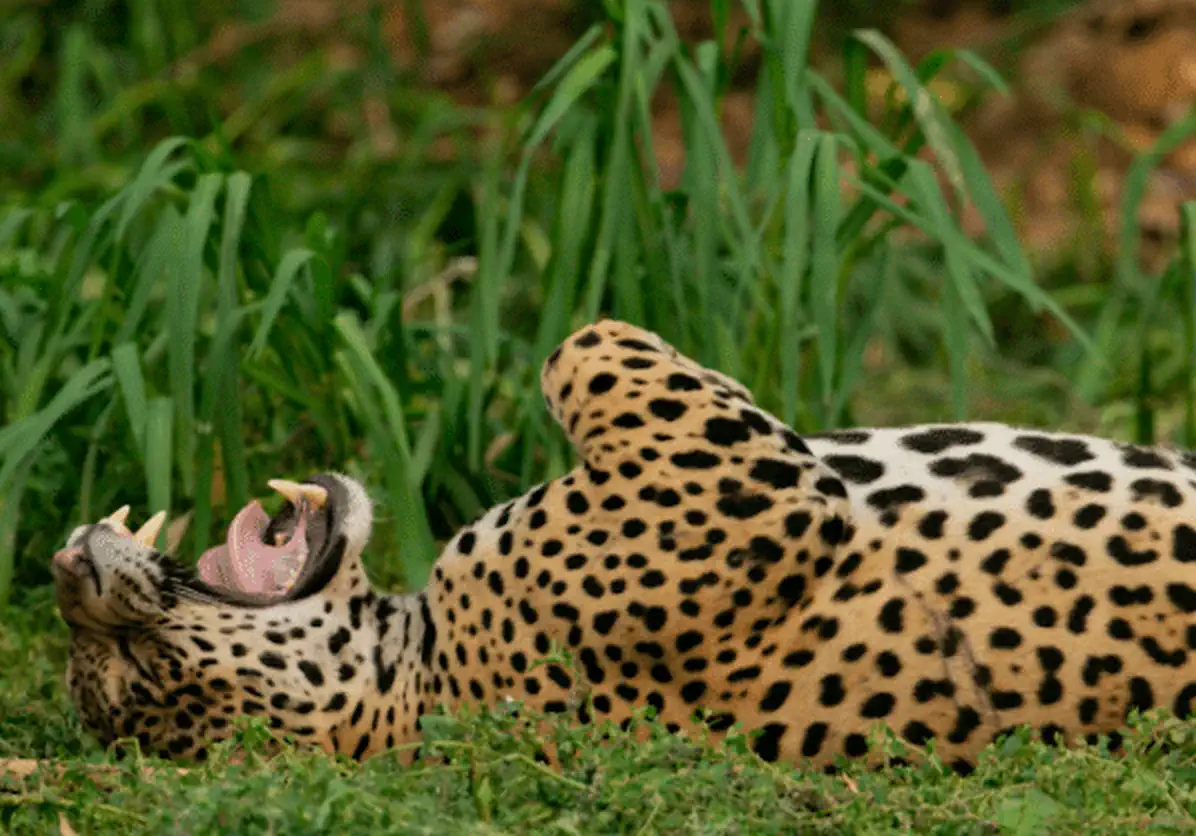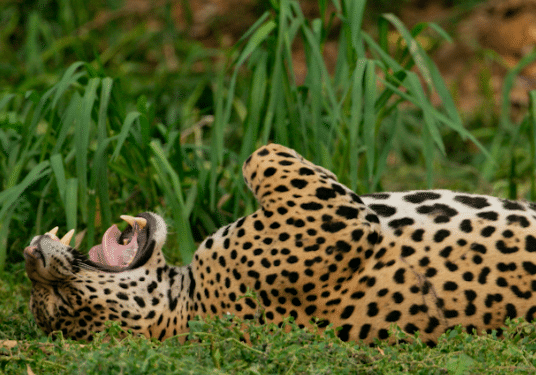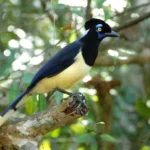
The Yaguareté, sometimes known as a jaguar or “Tigre Americano” (Panthera onca) is the largest feline in the American continent. Although jaguars mostly reside in swamps and forested areas, they can also be found in deserts and scrublands.
A lone predator who stalks and ambushes prey, gets its name from the Tupi-Guaraní word “yaguar”, which means “he who kills with one jump.” Jaguars are quick, nimble, and excellent climbers. They easily enter the water and seem to enjoy taking a bath. Jaguars are awake throughout the day, although they prefer to hunt at night and on the ground. Their primary prey species are capybara and peccary, which you may also see during your adventure.
Jaguar: the threatened hunter
Yaguareté populations once covered the whole continent of North and South America, from the southwest of the United States to Patagonia in southern Argentina. However, habitat loss and fragmentation, poaching, and human-wildlife conflicts have led to the eradication of the species, which the IUCN has listed as near-threatened, from 40% of its original range.
Nowadays the jaguar is practically extinct in the northern portion of its original range and only survives in sparsely populated areas of Central and South America, the greatest known population of jaguars is found in Porto Jofré, in the Matto Grosso, Brazil.
The situation is especially bad in Argentina. Jaguars have lost more than 95% of their habitat during the past 150 years. According to estimates, only 200 to 300 jaguars remain in the country, mostly in the provinces of Salta, Jujuy, and Misiones, though some may also be found in the Chaco Forests.
Bringing Yaguarete “back to life”
Fortunately, the situation is beginning to change in Iberá Wetlands in Corrientes province, an ecosystem that stands out because of the ideal conditions in all of Latin America for reestablishing a population that has gone nearly extinct. Iberá Natural Reserve and its 1,300,000 protected ha, contains large expanses that are devoid of humans and cattle and abundant wild animals that can sustain a long-term jaguar population.
That’s the job Rewilding Argentina Foundation has been doing during the past years. On the island of San Alonso, in the center of the Esteros del Iberá, the Yaguar Reintroduction Center (CRY) opened its doors in 2015, with the aim of creating a healthy population of this species in Iberá so that it can regain its position as the top predator in this ecosystem.
And their work seems to be paying off: on July 2022, Jatobazinho, a male rescued in Brazil and Arami, a female who was raised in captivity and then released in Iberá gave birth to twins, the first wild jaguars in 70 years born in this National Park.
Jaguar Watching and other tours in Brazil & Argentina
We organize custom tours in Argentina, Brazil, and other points of South America. As a kick off, we invite you to explore the following tours:
- Jaguar Tour Itineraries
- Iguazu Falls Wetlands and Peninsula Valdes
- Ibera Wetlands Tour
- Not Jaguars, but Pumas and other incredible Patagonian wildlife: Patagonia Wildlife Tours
- Patagonia Puma Tracking Tour
More information about wildlife in Argentina:
















